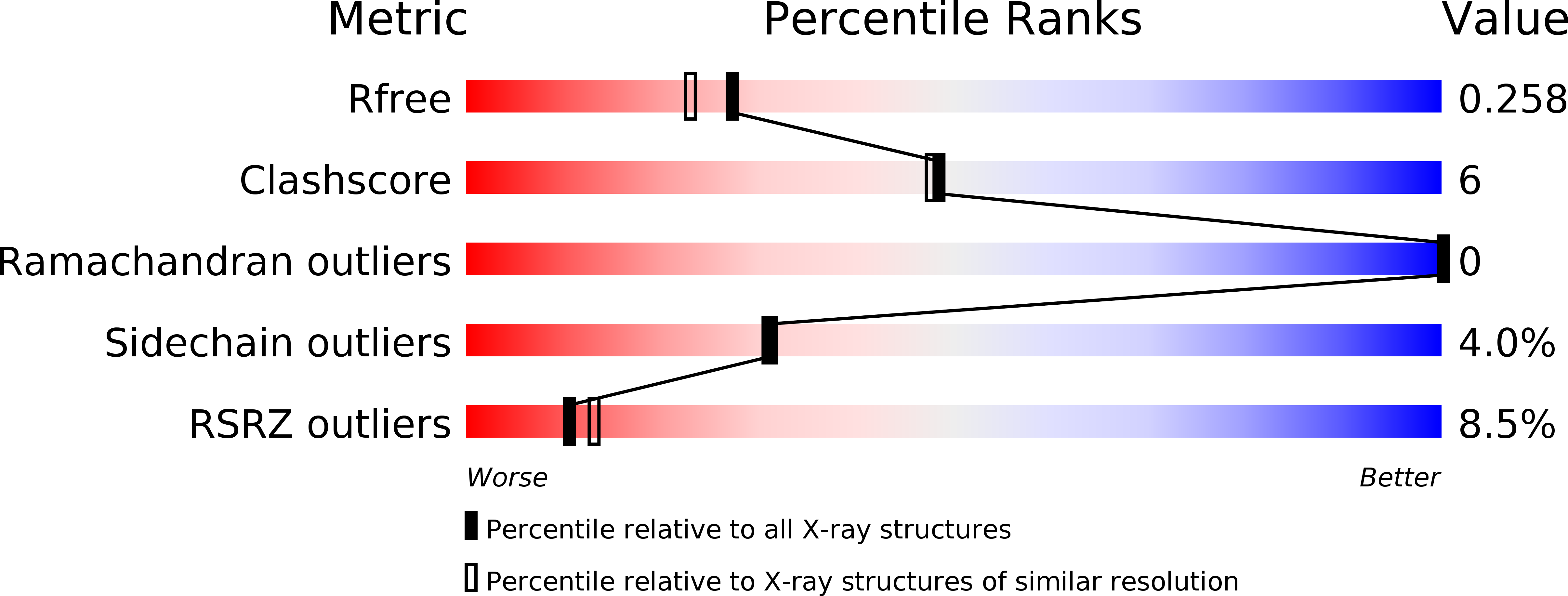
Deposition Date
2008-09-10
Release Date
2008-09-23
Last Version Date
2024-10-30
Entry Detail
PDB ID:
3EFZ
Keywords:
Title:
Crystal Structure of a 14-3-3 protein from cryptosporidium parvum (cgd1_2980)
Biological Source:
Source Organism:
Cryptosporidium parvum (Taxon ID: 353152)
Host Organism:
Method Details:
Experimental Method:
Resolution:
2.08 Å
R-Value Free:
0.26
R-Value Work:
0.22
R-Value Observed:
0.22
Space Group:
P 1 21 1


